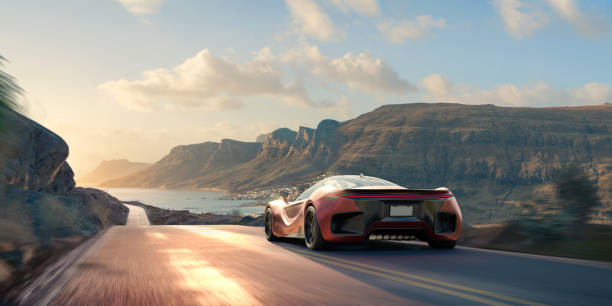Car photography has evolved significantly over the years, and one of the most captivating styles to emerge is dynamic car photography. In this article, we’ll delve into the art of dynamic car photography, exploring techniques, equipment, and creative ideas to help you capture the essence of speed and motion in your car photographs.
Table of Contents
Understanding Dynamic Photography
Definition and Purpose
Dynamic car photography is a specialized genre within automotive photography that focuses on capturing vehicles in motion. Unlike traditional static shots where cars are stationary, dynamic photography aims to convey a sense of speed, action, and excitement. It seeks to freeze the moment when the car is in motion, whether it’s racing down a track, cruising along a scenic road, or performing maneuvers.
The primary purpose of dynamic car photography is to evoke emotion and energy in the viewer. By showcasing the vehicle in action, dynamic photography creates a sense of thrill and excitement, allowing viewers to experience the adrenaline rush associated with driving powerful and fast cars. It aims to transport the viewer into the driver’s seat, immersing them in the dynamic world of automotive performance.

Importance in Car Photography
Dynamic car photography plays a crucial role in the realm of car marketing and advertising. In today’s visually-driven world, where attention spans are short and competition is fierce, grabbing the viewer’s attention is more important than ever. Dynamic car photography serves as a powerful tool for brands and advertisers to captivate their audience and leave a lasting impression.
By showcasing cars in motion, dynamic photography adds a sense of dynamism and excitement to car advertisements, websites, and social media platforms. It creates visual impact and engages the viewer on an emotional level, sparking curiosity and interest in the product. Whether it’s a sleek sports car speeding around a race track or a rugged off-road vehicle conquering challenging terrain, dynamic photography conveys the essence of performance and adventure.
Moreover, dynamic car photography helps potential buyers visualize the capabilities and features of the vehicle. By seeing the car in action, viewers get a better understanding of its agility, handling, and speed. This visual representation enhances the desirability of the car and influences purchasing decisions. Dynamic photography transforms a static product into a dynamic experience, making it more appealing and aspirational to consumers.
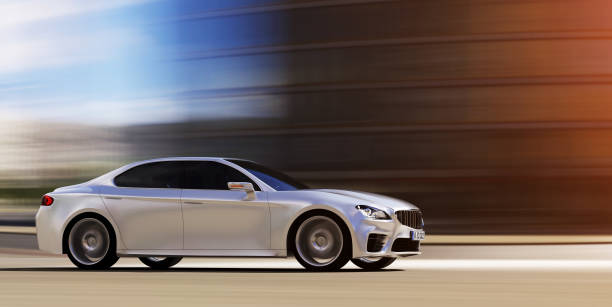
Choosing the Right Location
Selecting the perfect location is crucial for dynamic car photography as it sets the stage for capturing captivating images that resonate with viewers. Each type of environment offers its own unique opportunities and challenges, allowing photographers to experiment with different styles and techniques to achieve their desired results.
Urban Environments
Urban settings, with their bustling streets, towering skyscrapers, and vibrant city lights, provide dynamic backdrops for car photography. The juxtaposition of sleek, modern vehicles against the gritty, industrial landscape creates a visually compelling contrast that adds depth and drama to your images.
In urban environments, photographers can take advantage of the architectural elements, such as bridges, tunnels, and overpasses, to frame their shots and create interesting compositions. The chaotic energy of the city streets, with cars zooming past neon-lit storefronts and bustling intersections, adds a sense of urgency and excitement to the photographs, capturing the essence of urban life.
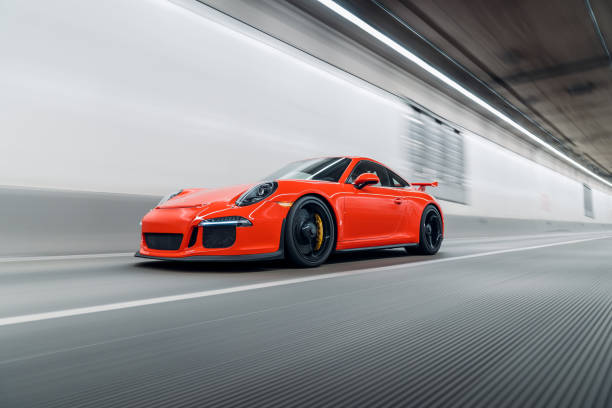
Natural Landscapes
Scenic landscapes, such as majestic mountains, picturesque coastlines, and sprawling deserts, offer breathtaking vistas and unparalleled beauty that serve as stunning backdrops for dynamic car photography. These natural environments provide endless opportunities for photographers to capture cars in motion against awe-inspiring scenery, creating images that evoke a sense of adventure and wanderlust.
In natural landscapes, photographers can experiment with different angles, perspectives, and compositions to showcase the beauty of both the car and its surroundings. Whether it’s capturing a sports car winding through mountain roads or a convertible cruising along a coastal highway, the expansive vistas and dramatic landscapes provide the perfect canvas for creating dynamic and immersive images.
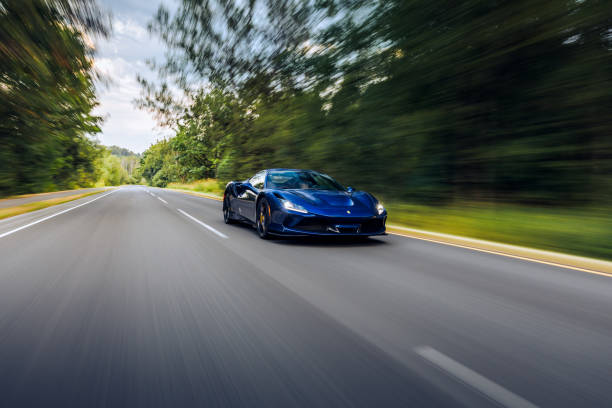
Controlled Environments
Race tracks or closed courses offer controlled environments for dynamic car photography, allowing photographers to push the limits and capture the adrenaline-fueled excitement of high-speed driving without safety concerns. These purpose-built venues provide photographers with the opportunity to experiment with speed, motion, and action, resulting in dynamic images that showcase the performance and agility of the vehicle.
Essential Equipment for Dynamic Car Photography
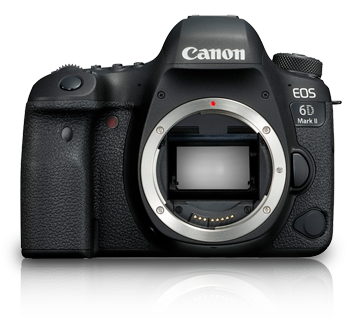
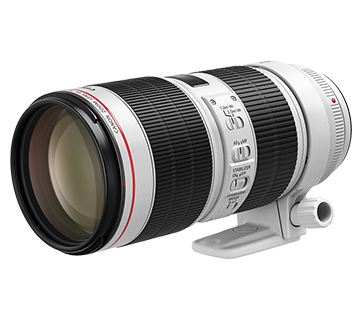
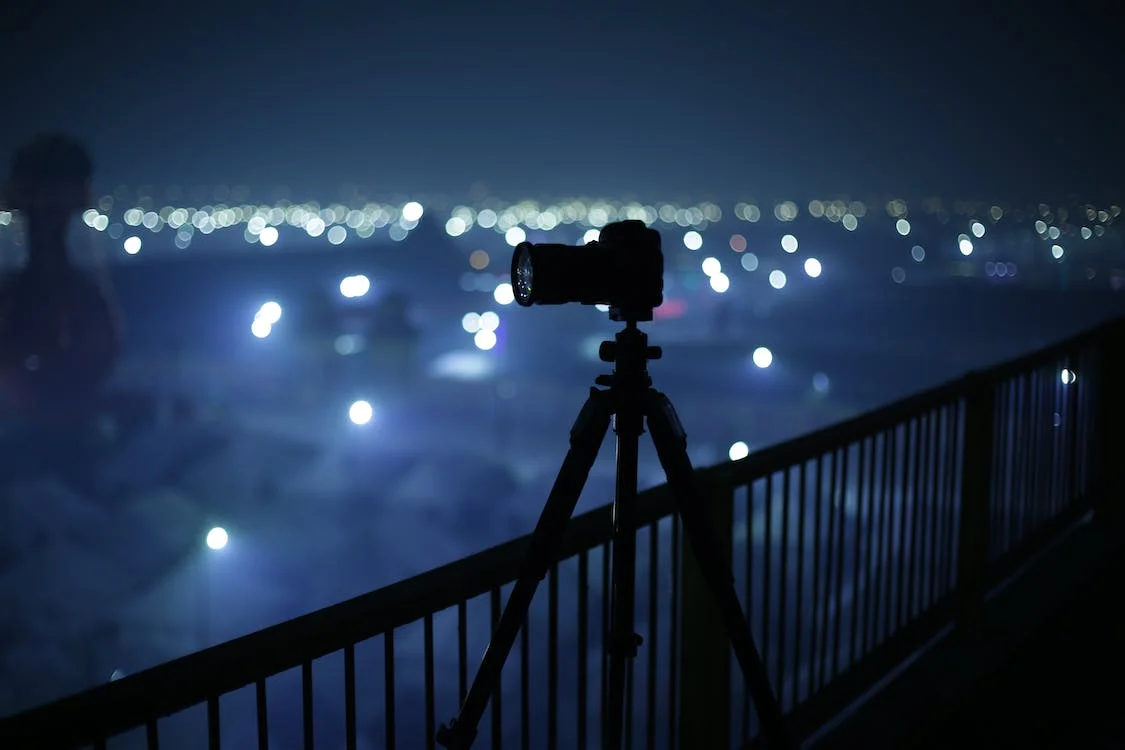
Camera and Lens Selection
Having the right camera and lens combination is paramount to achieving stunning results. A DSLR or mirrorless camera with a fast shutter speed is essential for freezing motion effectively. This feature allows you to capture the fast-paced action of moving vehicles with clarity and precision. A high shutter speed ensures that even the fastest movements are captured without blur, preserving the sense of speed and dynamism in your photographs.
In addition to a fast shutter speed, choosing the right lens is crucial for dynamic car photography. A versatile lens, such as a wide-angle or telephoto lens, provides flexibility and allows you to experiment with different perspectives and compositions. A wide-angle lens can capture sweeping landscapes and dramatic scenery, providing context and depth to your shots. On the other hand, a telephoto lens allows you to zoom in on specific details or isolate the car against the background, creating impactful images with a shallow depth of field.
Tripods and Mounts
While handheld shots can yield dynamic results, using a sturdy tripod or mount is highly recommended, especially for long exposures or panning shots. A tripod provides stability and consistency, ensuring that your images are sharp and well-focused. It also allows you to compose your shots with precision and eliminates the risk of camera shake, particularly in low-light conditions or when using slow shutter speeds.
For dynamic car photography, consider investing in a specialized tripod or mount designed specifically for capturing moving subjects. These mounts provide smooth and fluid movement, allowing you to pan seamlessly with the motion of the car while maintaining sharpness and clarity in your images. Whether you’re tracking a racing car around a circuit or capturing a car’s motion on a winding road, a reliable tripod or mount is essential for achieving professional results.
Lighting Equipment
Proper lighting is critical for dynamic car photography, as it helps enhance the mood, atmosphere, and overall impact of your images. While natural light, such as the golden hour or twilight, can create stunning effects and add warmth and depth to your photographs, artificial lighting can also play a crucial role in shaping the scene and highlighting specific elements of the car.
Strobes, flashes, and LED panels are popular choices for lighting equipment in dynamic car photography. These artificial light sources allow you to control the intensity, direction, and color temperature of light, giving you greater creative freedom and flexibility in shaping the look and feel of your images. Whether you’re shooting in bright daylight or under the cover of darkness, having the right lighting equipment ensures that you can capture dynamic car photographs with clarity, impact, and visual appeal.
In controlled environments, photographers can utilize techniques such as panning shots, motion blur, and close-ups to capture the intensity and drama of racing. The controlled lighting conditions and predictable terrain allow photographers to focus on capturing the perfect shot without distractions, ensuring that every detail is captured with precision and clarity.
Tips for a Successful Dynamic Car Photoshoot
Executing a dynamic car photoshoot requires meticulous planning, effective communication with clients, and the ability to adapt to changing conditions on the fly. By following these tips, photographers can ensure a successful photoshoot that results in stunning images that captivate viewers and exceed client expectations.
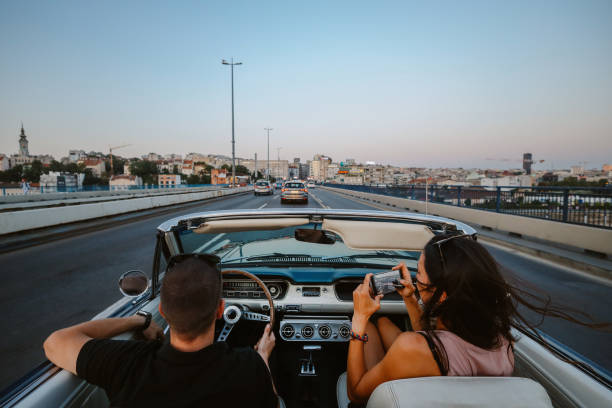
Planning and Preparation
The key to a successful dynamic car photoshoot lies in thorough planning and preparation. Before the shoot, research the location, scouting potential spots that offer interesting backdrops and lighting conditions. Create a shot list outlining the specific shots and angles you want to capture, taking into account factors such as the time of day, weather conditions, and traffic patterns.
Ensure that all necessary equipment is packed and in working order, including cameras, lenses, tripods, mounts, and lighting gear. Consider bringing backup equipment in case of malfunctions or emergencies. Additionally, prepare any props or accessories that may enhance the photoshoot, such as reflectors, diffusers, or motion blur decals.
Communication with Clients
Effective communication with clients is essential for ensuring that their vision and expectations are met during the photoshoot. Prior to the shoot, discuss the client’s goals, preferences, and any specific requirements they may have for the images. Understand their brand identity, target audience, and desired aesthetic to tailor the photoshoot accordingly.
During the shoot, maintain open lines of communication with the client, providing updates on the progress of the shoot and seeking feedback on the images captured. Be receptive to their input and suggestions, incorporating them into your creative process to ensure client satisfaction. Clear and transparent communication fosters trust and collaboration, resulting in a smoother and more successful photoshoot experience.
Flexibility and Adaptability
Flexibility and adaptability are essential traits for any dynamic car photographer, as photoshoots often involve unpredictable variables such as changing weather conditions, unexpected obstacles, or last-minute changes to the schedule. Be prepared to think on your feet and make quick decisions to overcome challenges and seize opportunities as they arise.
Stay flexible with your approach to shooting, remaining open to improvisation and experimentation to achieve the desired results. Be willing to adjust your plans and adapt to changing circumstances, whether it’s finding alternative shooting locations, modifying your shooting techniques, or reconfiguring your lighting setup.
Capturing Motion and Speed
Capturing the sense of motion and speed is essential for dynamic car photography, as it adds excitement and energy to the images, making them more compelling and visually engaging. Two commonly used techniques for capturing motion and speed in car photography are panning shots and motion blur.
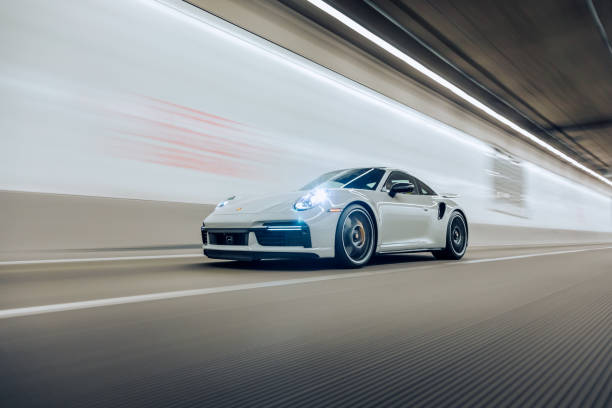
Panning Shots
Panning shots involve tracking the movement of the car with your camera while keeping the car sharp and in focus, while the background becomes blurred, creating a sense of speed and motion. To capture a panning shot effectively, follow these steps:
- Choose a suitable shutter speed: Set your camera to a relatively slow shutter speed (typically around 1/30 to 1/125 of a second) to allow for motion blur in the background while keeping the car sharp.
- Position yourself: Stand parallel to the direction of the car’s movement and anticipate its path. Keep your body steady and pivot smoothly at the waist to follow the car’s motion.
- Track the car: Start tracking the car with your camera as it approaches, maintaining a smooth and consistent movement. Use the autofocus or continuous autofocus mode to keep the car sharp as it moves.
- Press the shutter: As the car reaches the desired position in your frame, press the shutter button to capture the shot. Continue panning with the car even after taking the shot to ensure a smooth and consistent motion blur.
- Review and adjust: Review the captured images and adjust your technique as needed to achieve the desired results. Experiment with different shutter speeds and angles to fine-tune your panning technique and capture dynamic and impactful shots.
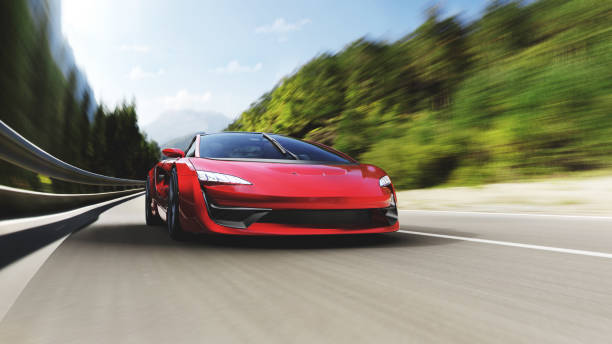
Motion Blur
Motion blur is another effective technique for conveying a sense of speed and motion in car photography. Unlike panning shots, where the background is blurred while the car remains sharp, motion blur involves intentionally blurring the entire image to create a sense of movement.
To capture motion blur effectively:
- Choose a slow shutter speed: Set your camera to a relatively slow shutter speed (typically around 1/15 to 1/60 of a second) to allow for motion blur in the entire image.
- Stabilize your camera: Use a tripod or stable surface to prevent camera shake and ensure sharpness in stationary elements of the scene.
- Select an appropriate aperture: Adjust the aperture to achieve the desired depth of field, keeping in mind that a smaller aperture (higher f-stop) will result in a greater depth of field and more pronounced motion blur.
- Add movement: Position the camera in a stationary position and capture the car as it moves through the frame. Try out different angles and perspectives to enhance the sense of motion and create dynamic compositions.
- Experiment and refine: Review the captured images and adjust your settings as needed to achieve the desired level of motion blur. Experiment with different shutter speeds, apertures, and compositions to create visually striking images that convey the thrill and excitement of speed.
Post-Processing Tips for Dynamic Effect
Post-processing is a crucial step in dynamic car photography, allowing photographers to enhance the visual impact and dynamic elements of their images. By applying adjustments to contrast, saturation, and other parameters, photographers can create dynamic effects that elevate their photos to new heights.
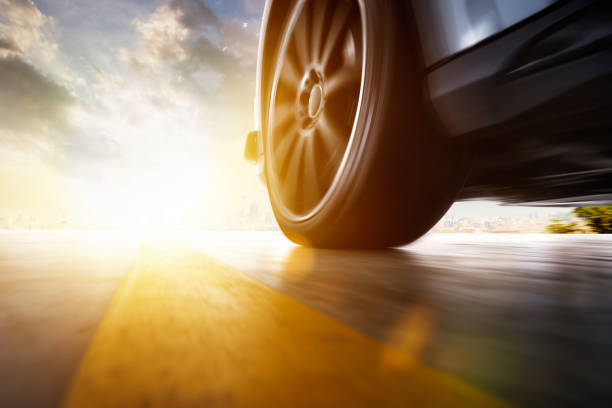
Enhancing Dynamic Elements
In addition to adjusting contrast and saturation, enhancing dynamic elements in post-processing can further elevate the impact of dynamic car photography. Here are some techniques for enhancing dynamic elements:
- Focus Stacking: Focus stacking involves combining multiple images taken at different focus points to create a final image with enhanced sharpness and detail. This technique can be particularly useful for capturing dynamic shots of moving cars, ensuring that both the car and background are in sharp focus.
- Add Motion Blur: In cases where motion blur was not captured during the photoshoot, you can add artificial motion blur in post-processing to enhance the sense of speed and movement in the image. Use tools such as blur filters or motion blur effects to simulate the dynamic effects of a moving car.
- Highlight Dynamic Lines and Shapes: Use selective editing techniques to highlight dynamic lines, shapes, and contours in the image. Enhance the curves of the car’s body, emphasize the flow of the road, or accentuate the lines of motion to create a more dynamic and visually compelling composition.
- Experiment with Filters and Effects: Explore creative filters and effects in post-processing software to add dynamic elements to your images. Experiment with techniques such as adding lens flares, light streaks, or color gradients to enhance the sense of motion and energy in your photos.
- Fine-Tune Composition: In addition to enhancing dynamic elements, use post-processing to fine-tune the composition of your images. Crop, straighten, or adjust the framing to draw attention to key elements and create a more balanced and visually pleasing composition.
Conclusion
Dynamic car photography offers a thrilling and dynamic way to showcase vehicles, capturing the excitement and speed of driving. By understanding the techniques, equipment, and creative ideas discussed in this article, you can elevate your car photography to new heights, creating compelling images that resonate with viewers.
Afterword
We hope that you find this article helpful. Thank you for reading and you’re always free to leave a comment. If you find this article interesting, consider checking out one of our recently published posts. A few of them showcase advancements in technology such as AI Art Generators. On the other hand, if you’re looking towards Photography, we also offer great articles for your inspiration. We also have multiple articles that talk about the various printing mediums for wall art. May these articles give you inspiration for your next print!
Find them here:
Discover the Secret to High-quality Canvas Prints
The 9 Best Canvas Print Companies in 2023
Acrylic Prints: Add Vibrance to Any Space
The Top Food Photography Trends to Try Now
The Ultimate Guide to Continuous Lighting for Photography
Stable Diffusion Tips and Tricks
Best AI Art Generator for Android Phones 2023
We enjoy reading your comments and insights with our posts! Should you have any questions or concerns, feel free to leave them below! -Mark

